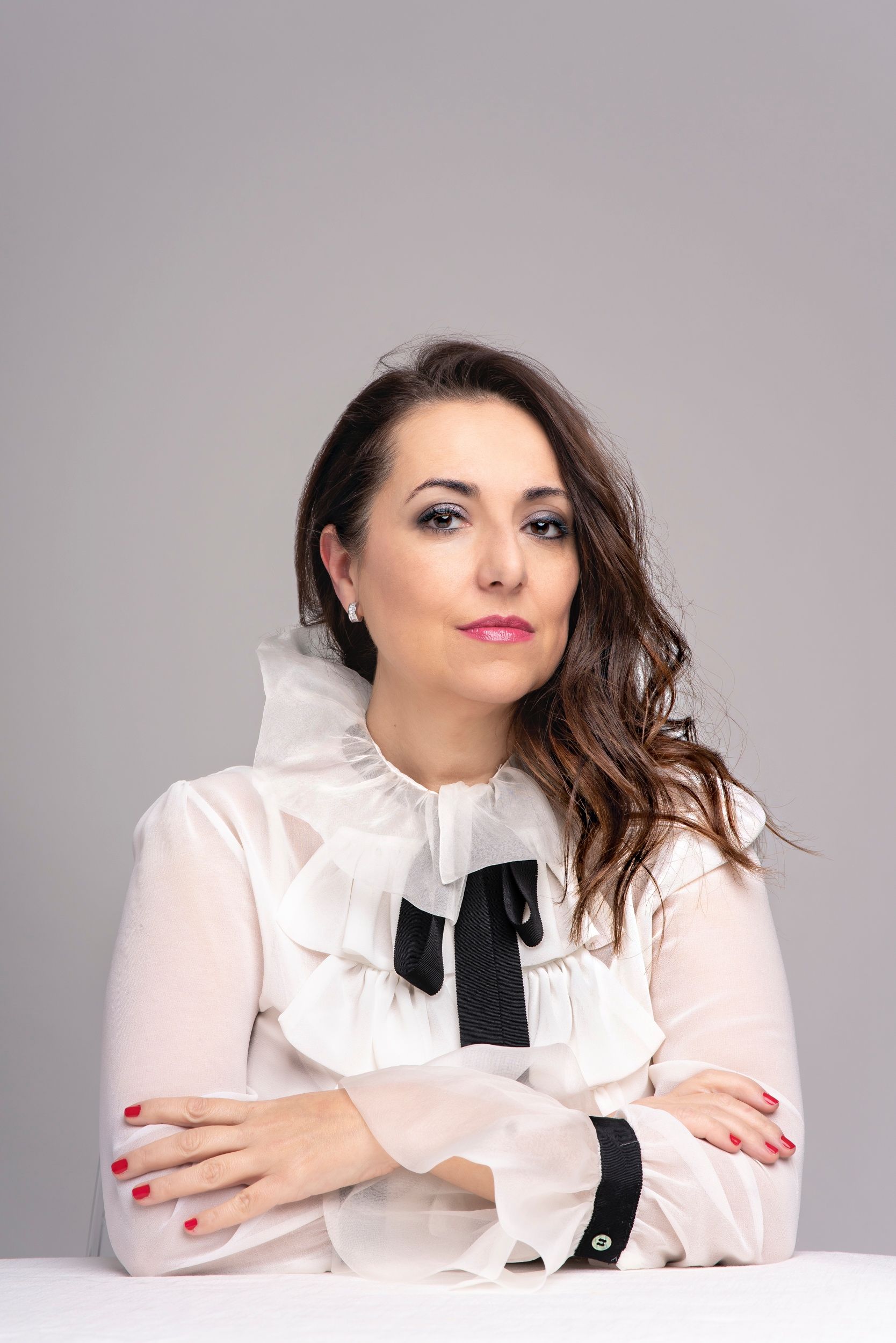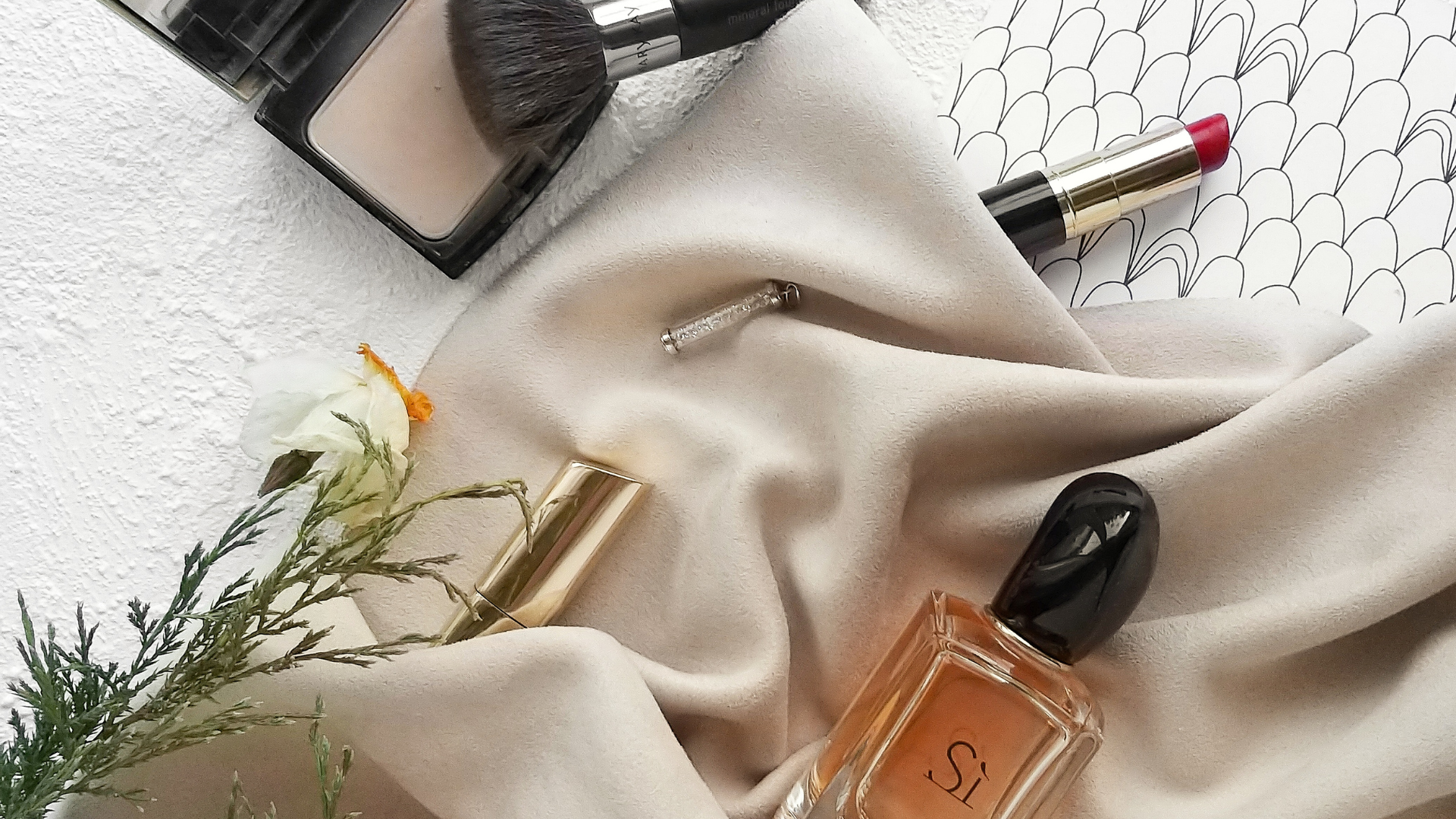Whenever luxury is mentioned, exclusive, unattainable and especially expensive products immediately come to mind. I will never tire of saying that price never defines luxury; luxury has a set of tangible and intangible attributes that make it unique and that, if anything, "justify" the higher cost of products and services framed in it, compared to products in the same category, but not in the same segment, although, in no case do they define it.
Today, the customer is not only looking to buy something; it is well known that they are all in search of the experience that, in the case of cosmetics, has to do with a myriad of "small" details that obviously begin with the product itself and "end" when the buyer enjoys it in the privacy of their home.
Brands strive to create rituals and satisfy the most hidden desires of consumers. They design pleasant experiences at the point of sale and beyond, to give continuity once acquired.
But that's not all! Actually, it is a cycle that does not end and feeds back, especially when the product offers real benefits: the desired ones or even the unexpected ones.
The large global cosmetics producers know this very well and do not lose focus. Most invest heavily in R&D for their extensive portfolio, in the constant search for assets that allow them to offer the promise of beauty and expected benefits
Then, there is another factor... Consumers are increasingly placing more importance on brands' commitment to ecology, the environment, and in the top spots of their preferred brand rankings, they include those with clear environmental messages, sustainable productions, and high commitment to CO2 emissions in their processes. Also, those that commit to more disadvantaged areas of the planet, showcasing a well-structured social responsibility, with ecological crops of raw materials, etc.
In this context, many brands, in addition to enhancing the scientific commitment of the formulations of their cosmetic products, also "step out of their laboratories" to create an open-air laboratory and employ themselves in the productions of natural origin assets from respectful and kind crops to the environment, where farmers dedicate themselves with care and collect the materials destined for subsequent productions with love. From there, extracts and molecules impregnated with assets for users will finally reach the market in the form of products: regenerating effects on the skin, anti-aging, antioxidants, and a wide range of benefits as vast as the botanical world and the possibilities offered by Mother Nature, in addition to science.
It sounds easy when told like this: I research, grow, extract, and produce. But none of that is the case!
A brand must first have this philosophy and values in its DNA. One cannot improvise as a scientist and environmentalist, and even less capable of improvising products that are respectful of humans, the environment, and consistent with the philosophy prevailing today, especially among the most conscious consumer segment and the new generations that are forecasted as future buyers. True luxury cosmetics, as I said, are not improvised, and like any excellent product, they need time, in this case, years of research in specialized laboratories.
On the other hand, cosmetics in this category give special importance to textures and sensory aspects such as olfactory experience, as well as efficacy tests in the field: efficacy tests. For the cosmetics consumer in general, and in this case even more so due to the high investment, it is important to read the ingredients. A high-end product (and not just those at this level) should completely avoid exposing the skin to toxic substances, obviously due to their effects.
Today, consumers place a lot of importance on "clean cosmetics" above natural products. The INCI, International Nomenclature Cosmetic Ingredient, provides a list of all permitted ingredients, putting potentially harmful ones on a blacklist. It is a good practice for customers to familiarize themselves with this list. Also, remember that in many cases, the price of a luxury cosmetic is elevated due to the use of extremely expensive and rare substances, another factor to consider.
In short, what I want to say is that a luxury cosmetic is not one that costs a lot of money for no reason, but rather one that is produced while taking care of every single process, raw material, research, ingredient control, respect for permitted materials, etc.; from its conception or detection of a need in the market, to achieving its sale and arrival in the hands of the customer.
Next, obviously, other issues come into play that have to do with packaging, increasingly framed in circularity and environmental respect, and the final appearance of the product, the presentation at the point of sale, its promotion, the use of renowned ambassadors, ... Everything that makes the product beautiful and pleasant as well as the unique moment of purchase and the complete experience aspirational.
The formula is simple, research, respect for raw materials and ingredients, care for nature, the environment, and people, the achievement of products of exceptional performance under the watchful eye of science, beauty applied in packaging and rituals... All to fuel the dream of beauty and eternity so longed for by human beings.
With this premise... Do you think a luxury cosmetic is too expensive? Each one should make their own considerations.

